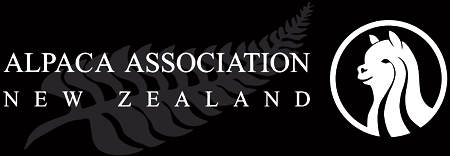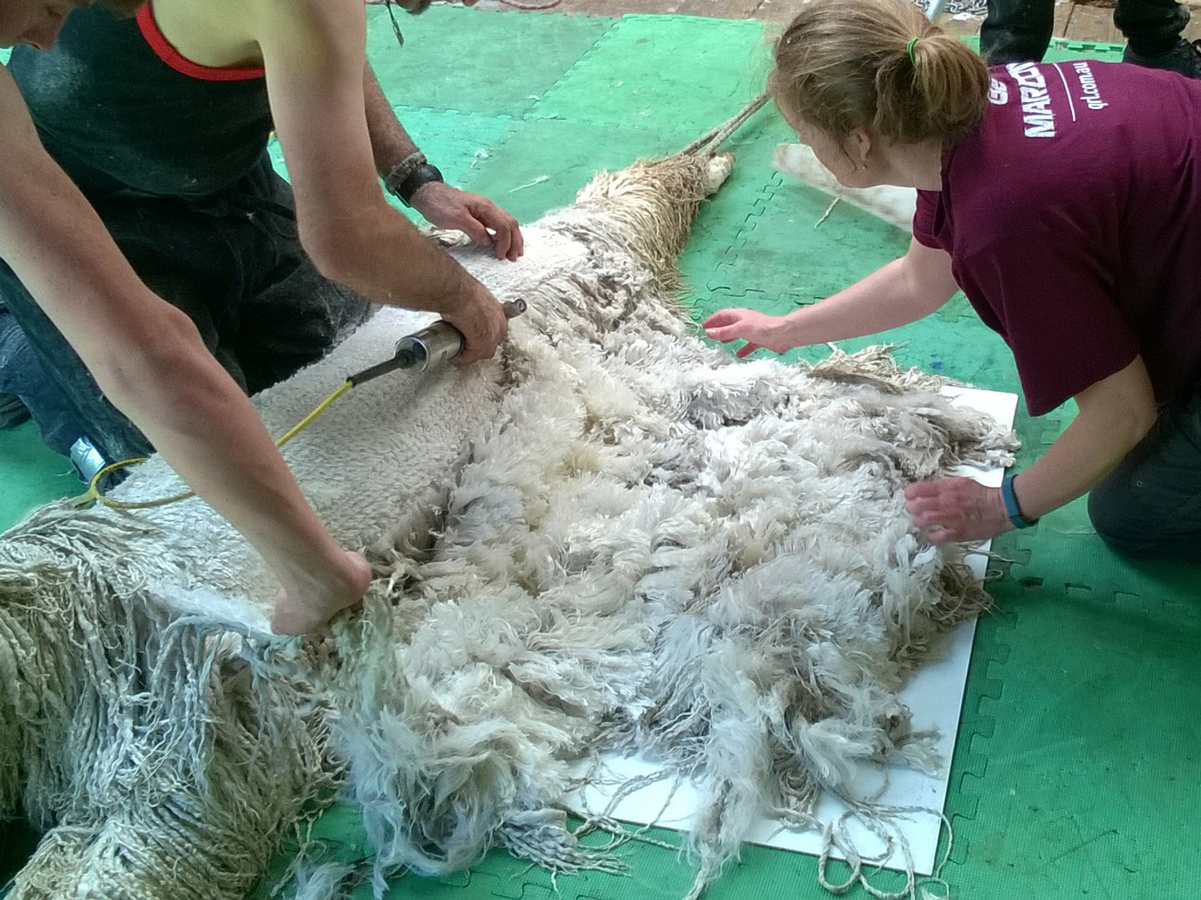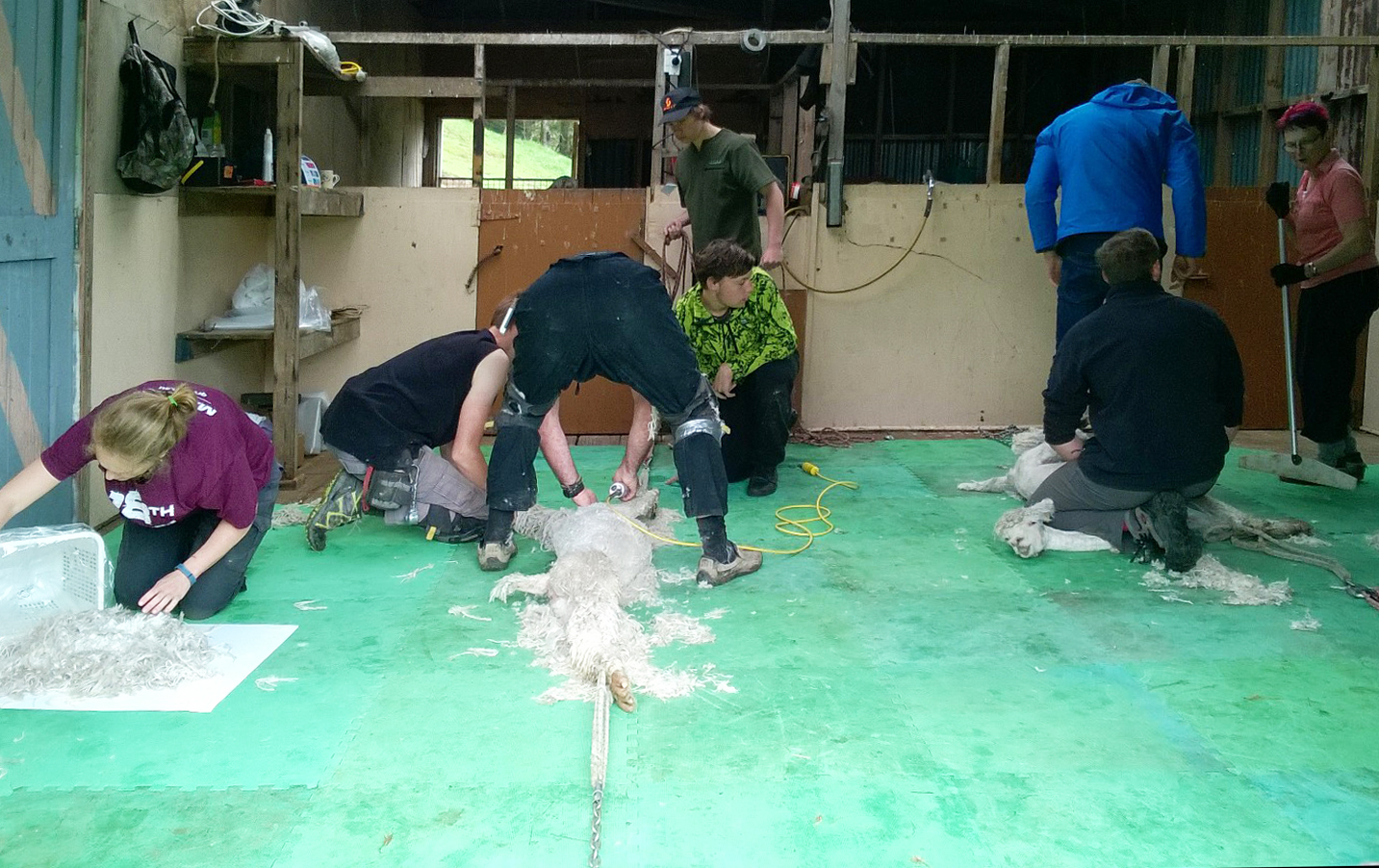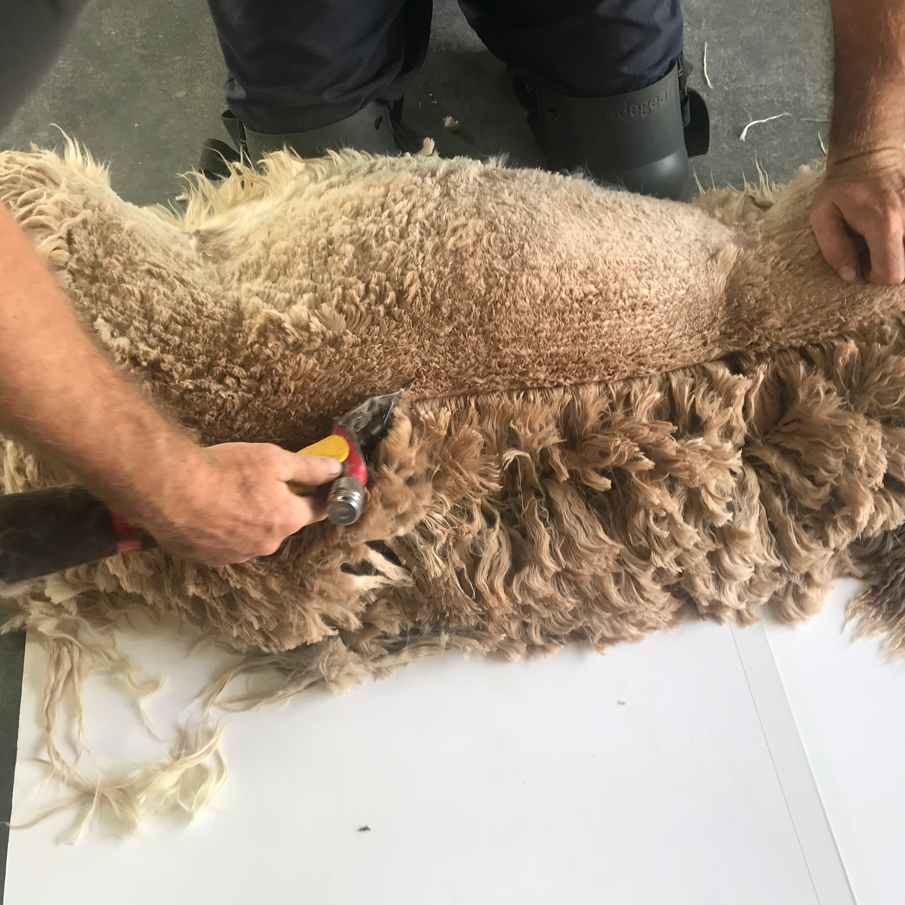Alpaca fibre should be harvested under the best possible conditions, starting on shearing day by doing the following.....
• Clean woolshed or shearing area on shearing day.
• Shear main colour first to avoid colour contamination.
• Shear lowest micron first to avoid contamination of strong fibres.
• Blanket first shearing.
• Clean shed between animals.
• Clean skirting area.
Blanket fleece [across the body] should be sorted into separate containers [plastic or paper bag], some like to also keep the neck fibre separate. Seconds [legs and bellies] are kept separate in bins, they can be collected in separate colours. Fleece for shows can be laid out flat then rolled in fabric to keep the shape.
